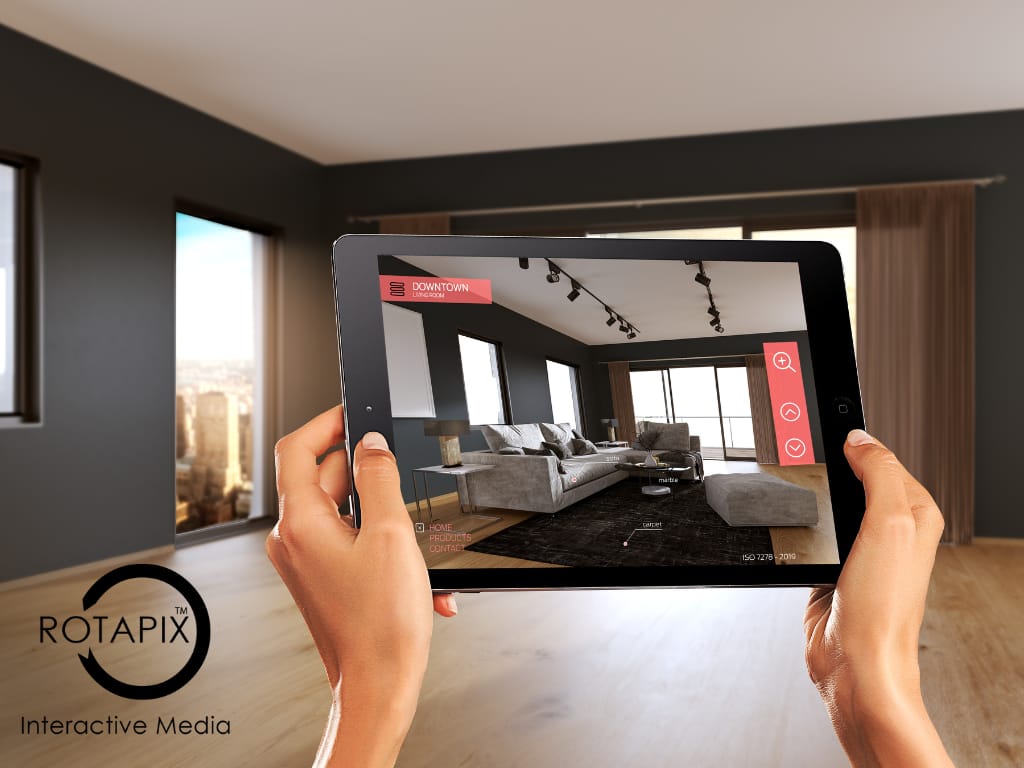In the dynamic realm of ecommerce, Augmented Reality in Ecommerce and Artificial Intelligence (AI) are increasingly being recognized for their transformative potential. AR is leveraged to superimpose digital information onto the physical world, enhancing the online shopping experience with interactive and lifelike product visualizations. Concurrently, AI is employed to process vast amounts of data, enabling sophisticated customer insights and predictive analytics. The convergence of AR and AI is poised to revolutionize ecommerce by providing immersive experiences that were once the domain of physical retail alone.
Understanding the Interplay Between AR and AI
The symbiosis of AR and AI in ecommerce is characterized by their complementary functionalities. Visualization capabilities of AR are augmented by the data processing prowess of AI, enabling experiences that are both engaging and informed by intelligent insights. Retail environments that integrate these technologies are observed to offer enhanced interactions, where AR brings products to life and AI tailors the experience to the consumer’s behavior and preferences. Examples of such synergy are increasingly found in forward-thinking retail businesses that employ AR for virtual product trials and AI for real-time personalization.
Comparative Snapshot: Augmented Reality vs. Artificial Intelligence in Ecommerce
| Feature | Augmented Reality (AR) | Artificial Intelligence (AI) |
| Function | Adds virtual elements to real-world views. | Analyzes data for informed decisions. |
| Interaction | Enables live product visualization. | Delivers tailored shopping experiences. |
| Data Needs | Utilizes camera input for visual overlays. | Requires customer data for insight generation. |
| Customer Impact | Creates an immersive shopping experience. | Streamlines and personalizes shopping. |
| Implementation | Requires 3D modeling and spatial data. | Relies on machine learning and data analytics. |
| Benefits | Decreases returns through better previews. | Increases sales with precision marketing. |
| Challenges | Needs high-performance hardware. | Must navigate data privacy concerns. |
| Examples | Virtual fitting rooms, AR showrooms. | Personalized recommendations, intelligent chatbots. |
Benefits of Combining AR with AI
A multitude of benefits arise from the amalgamation of AR and AI in ecommerce. Personalized shopping experiences are created through AI-driven AR content, which adapts in real-time to individual consumer preferences and behaviors. Inventory management is revolutionized as stock levels and trends are not only visualized through AR interfaces but also accurately predicted by AI algorithms.
Furthermore, customer service is rendered more interactive through the use of AR for product demonstrations, while AI handles customer queries with evolving responsiveness. This dual implementation of AR and AI is transforming the landscape of online customer interaction, offering a level of personalization and efficiency previously unattainable.
Technological Foundations of AR and AI Integration
At the core of AR and AI integration in ecommerce are key software and hardware components that facilitate this convergence. Sophisticated AR software platforms, which are underpinned by powerful graphics rendering engines, enable the creation of immersive visual content. AI software, often reliant on robust cloud computing services, processes complex algorithms for data analysis.
In terms of hardware, the use of advanced GPUs and CPUs, along with specialized sensors in smartphones and AR headsets, are essential for capturing and processing real-time data to create seamless AR experiences. The role of machine learning and computer vision is particularly crucial in enhancing AR applications, as they allow for the accurate interpretation of user environments and behaviors, thereby enabling more interactive and personalized AR experiences.
UI/UX Development Enhancements
The integration of AR and AI significantly enhances user engagement and the intuitiveness of interfaces within ecommerce platforms. AR provides users with an interactive and immersive visual layer, while AI underpins the adaptiveness of the interface, responding intelligently to user inputs and habits.
For instance, furniture retailers using AR to allow customers to visualize products in their own home report increased user session times and higher conversion rates, indicative of a more engaging UI/UX development.
Data Analytics and Consumer Behavior
The combination of AR and AI is particularly powerful for data analytics and understanding consumer behavior. AR interactions serve as a new avenue for data collection, providing insights into how customers engage with products. This data, when analyzed by AI, can reveal patterns and preferences that inform consumer insight analysis.
Predictive analytics are then employed to refine product offerings and develop targeted marketing strategies, ultimately leading to a more personalized shopping experience and potentially higher sales. For example, beauty brands using AR for virtual try-ons can gather data on popular shades and styles, allowing AI to offer personalized product recommendations to customers, which in turn drives up purchase confidence and customer loyalty.
Challenges in Harmonizing AR and AI
While the integration of AR and AI holds significant promise for ecommerce, it is not without its challenges. Technical complexities are often encountered when integrating AR with AI, especially when ensuring real-time performance and accuracy. High-fidelity AR experiences require substantial computational power, which must be balanced against the need for user accessibility and device compatibility.
Additionally, privacy concerns emerge as AI processes personal data to tailor the AR experience; therefore, solutions must be designed with data protection and user consent at the forefront. Ethical implications also arise, particularly with the potential for AI to influence purchasing decisions, raising questions about consumer autonomy and the transparency of such systems.
Future Possibilities for AR and AI in Shopping Experiences
Looking to the future, AR and AI are set to offer even more sophisticated predictive models for shopping behavior. The integration of these technologies could lead to the creation of AI-driven AR shopping assistants that provide personalized advice and recommendations, akin to an in-store salesperson’s experience.
Virtual shopping environments might become commonplace, where customers can shop in a digitally enhanced space that emulates the physical world. These advancements could redefine convenience in online shopping, creating a seamless bridge between physical and digital retail spaces.
Innovations in AR and AI for Custom Ecommerce Solutions
The horizon of ecommerce is continually expanded by cutting-edge innovations in AR and AI. Custom solutions are being developed to address specific business needs, offering unique and differentiated user experiences. For example, AR and AI are being tailored to create unique fitting rooms for fashion retailers or to provide interactive 3D manuals for complex products.
The impact of these innovative applications is particularly pronounced in niche markets and bespoke ecommerce services, where they can offer distinct competitive advantages by enhancing product appeal and customer engagement.
Conclusion
The integration of AR and AI is undeniably acting as a transformative force within ecommerce, redefining the parameters of online shopping and customer interaction. As advancements in technology continue to accelerate, the trajectory of AR and AI is expected to further impact the ecommerce landscape, heralding a new era of personalized, immersive shopping experiences that could rival the sensory richness of traditional retail.








